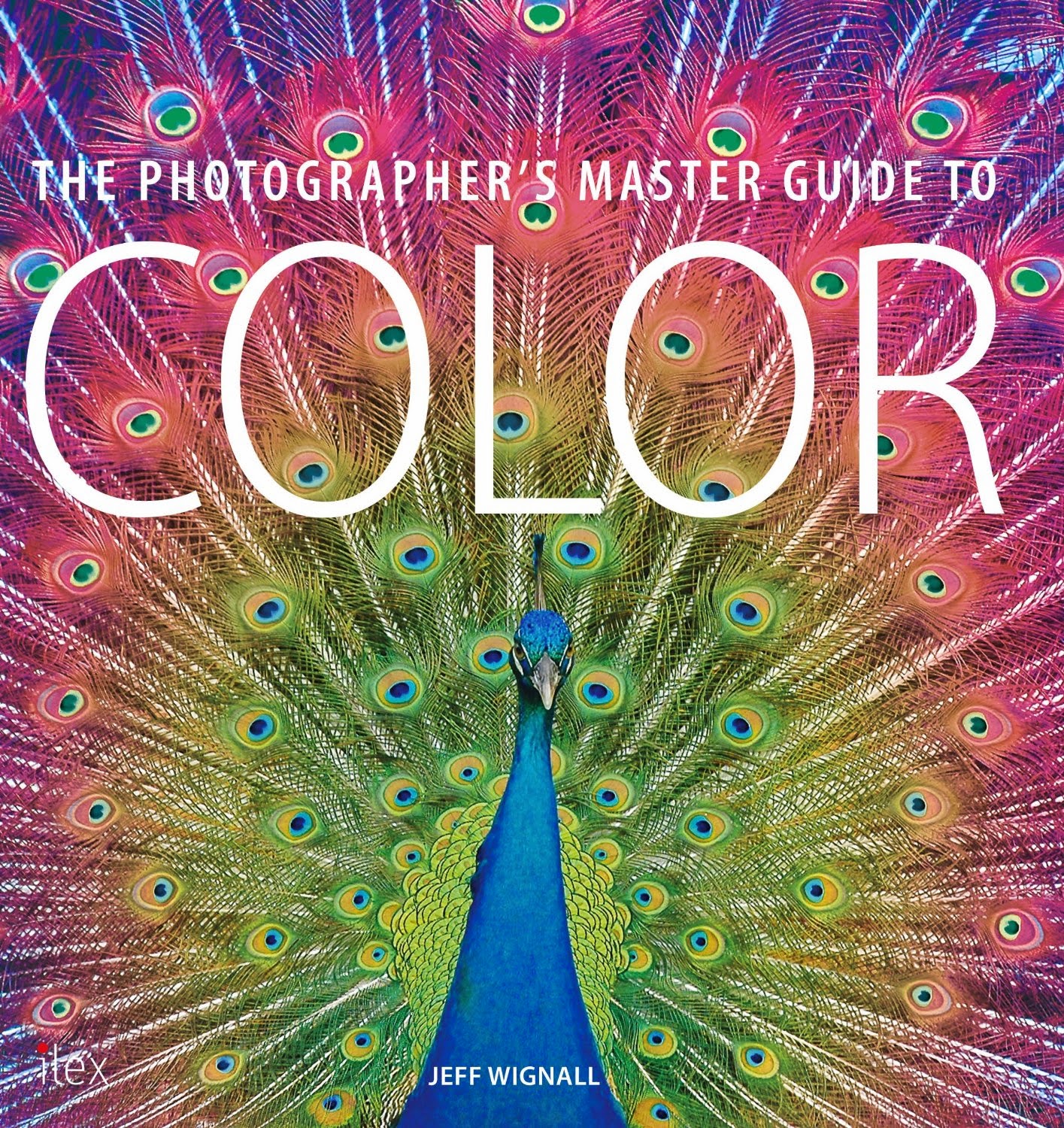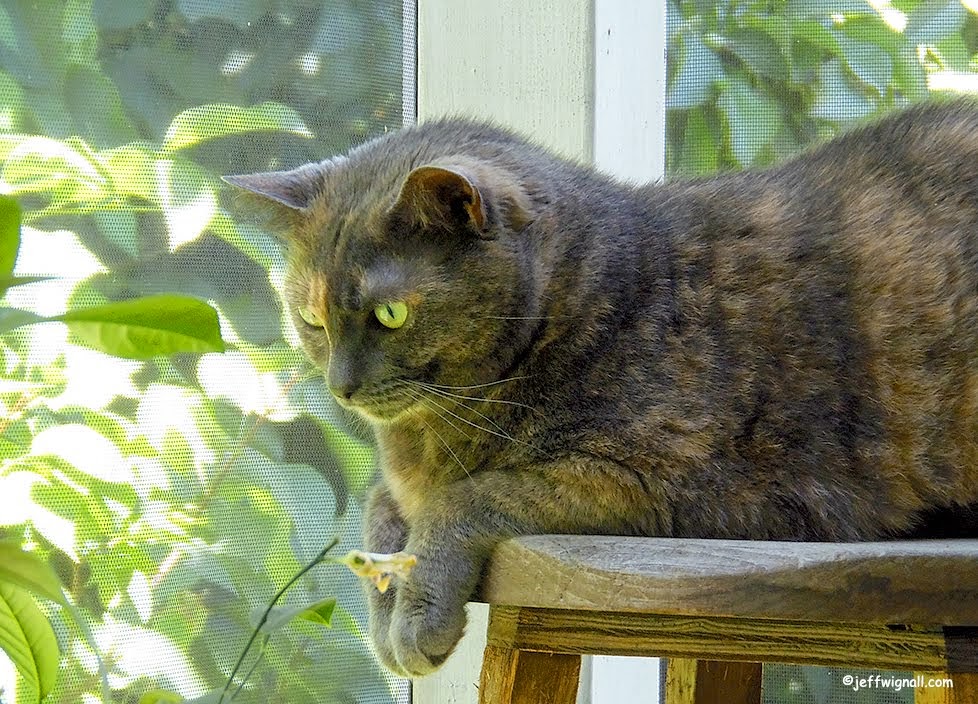 Unless you're a big time early 1960's rock 'n roll fan (like me), you may not immediately recognize the name Billy Bland. But if you've ever listened to A.M. radio in the United States, you've probably heard his hit record Let the Little Girl Dance (check out the Youtube video, you'll love it). Ever since I shot this photo a few weeks ago I can't stop hearing the song in my head when I look at it because the rhythm of the deer leaping away is perfectly matched to the rhythm of that song! By the way, just for the music buffs out there, Bland's song reached #11 on the Billboard Top 100 and he had a few other minor hits, but then left the music industry.
Unless you're a big time early 1960's rock 'n roll fan (like me), you may not immediately recognize the name Billy Bland. But if you've ever listened to A.M. radio in the United States, you've probably heard his hit record Let the Little Girl Dance (check out the Youtube video, you'll love it). Ever since I shot this photo a few weeks ago I can't stop hearing the song in my head when I look at it because the rhythm of the deer leaping away is perfectly matched to the rhythm of that song! By the way, just for the music buffs out there, Bland's song reached #11 on the Billboard Top 100 and he had a few other minor hits, but then left the music industry.What does that have to do with a photo tip? Almost nothing. But hearing that song in my head when I look at this photo reminds me of one important quality that is lacking in a lot of wildlife photography: motion. Most photographers are so intent on getting good sharp photos of wildlife that they tend to shoot the animals only when they're standing rock still. But most animals, like this white-tail deer that I photographed on the John Jay estate in Westchester, New York (extra points if you happen to know who John Jay was) live in constant motion. For a deer (or most other wildlife, for that matter) to stand still too long is to invite the slings and arrows of higher-ups on the food chain (including humans). Using--even exaggerating--that motion is a great way to capture the true spirit of the animals you're photographing.
One way to photograph animals in motion and to get a relatively sharp (though not totally, as you can see here) image that also contains the essence of movement, is to use a technique called panning. By setting your camera to a slower shutter speed (use your shutter-priority exposure mode) and tracking the animal as it runs, you get a sharp(ish) image of the animal against a blurred background. Unless you're very good at panning and have some luck on your side, there will always motion in the subject, but that only adds to the realism. You can experiment with speeds from about 1/60 second (the speed I used for this shot) down to around 1/4 or 1/8 second, but the slower you go the more blur there will be in the background and in the subject. As you can see in this shot, even at 1/60 second, which is at the top end of the useful panning speeds, there is still quite a bit of motion in the deer's legs.
Selecting just the right speed is not easy and it takes some experimenting, and since you may 0nly have time to pop off a few frames, you're likely not to get a second chance with that one particular animal. But if you're in a situation where you're photographing animals that are moving around (deer, horses, bunnies, etc.), try keeping the shutter speed set slow and being ready mentally to follow the animal as you shoot. You'll get a much smaller percentage of "keepers" with this technique because it is so experimental, but the winners will really stand out and I think they capture the true spirit of wild animals.
One slight caution: when you intentionally use a shutter speed that you know is going to create at least a partially blurred photo, many photographers get scared off and go back to safe shutter speeds to try to stop the action. Don't do it! In order to succeed at a somewhat risky technique you have to commit to it and let the experiment run it's course. The worse thing that will happen is that you'll get some out-0f-focus photos, but even then, I think you'll be excited by the results because they'll be different than most of the action shots you see.
Of course, you can also use the exact same technique to photograph your own little heard of wild animals as they run through the local park or ride their bikes up and down the street--and that's a great time to practice your wildlife panning skills. By the way, intentionally using a wide aperture (for shallow depth of field) and using a long lens (pretty much required to get close to animals anyway) will exaggerate the motion even more.






No comments:
Post a Comment